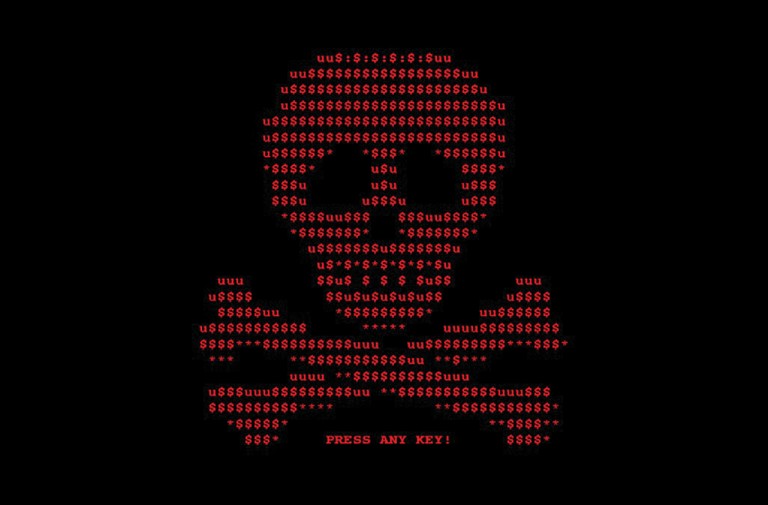By Michael V. Cusenza
The Federal Bureau of Investigation and the Cybersecurity & Infrastructure Security Agency are cautioning the public to remain vigilant when using their computers as a particularly catastrophic ransomware virus has been wreaking havoc for weeks.
The Medusa ransomware-as-a-service (RaaS) variant was first identified in June 2021. As of February 2025, Medusa developers and affiliates have impacted over 300 victims from a variety of critical infrastructure sectors with affected industries including medical, education, legal, insurance, technology, and manufacturing. The Medusa ransomware variant is unrelated to the MedusaLocker variant and the Medusa mobile malware variant per the FBI’s investigation.
The RaaS Medusa variant has been used to conduct ransomware attacks from 2021 to present. Medusa originally operated as a closed ransomware variant, meaning all development and associated operations were controlled by the same group of cyber threat actors. While Medusa has since progressed to using an affiliate model, important operations such as ransom negotiation are still centrally controlled by the developers. Both Medusa developers and affiliates—referred to as “Medusa actors” in this advisory— employ a double extortion model, where they encrypt victim data and threaten to publicly release ex-filtrated data if a ransom is not paid.
Medusa RaaS employs a double extortion model, where victims must pay to decrypt files and prevent further release. The ransom note demands victims make contact within 48 hours via either a Tor browser based live chat, or via Tox, an end-to-end encrypted instant-messaging platform. If the victim does not respond to the ransom note, Medusa actors will reach out to them directly by phone or email. Medusa operates a .onion data leak site, divulging victims alongside countdowns to the release of information. Ransom demands are posted on the site, with direct hyperlinks to Medusa affiliated cryptocurrency wallets. At this stage, Medusa concurrently advertises sale of the data to interested parties before the countdown timer ends. Victims can additionally pay $10,000 USD in cryptocurrency to add a day to the countdown timer. FBI investigations identified that after paying the ransom, one victim was contacted by a separate Medusa actor who claimed the negotiator had stolen the ransom amount already paid and requested half of the payment be made again to provide the “true decryptor”— potentially indicating a triple extortion scheme.
The feds do not encourage paying ransoms as payment does not guarantee victim files will be recovered. Furthermore, payment may also embolden adversaries to target additional organizations, encourage other criminal actors to engage in the distribution of ransomware, and/or fund illicit activities.
FBI and CISA recommend organizations implement mitigations to improve cybersecurity posture based on threat actors’ activity. These mitigations can be found at cisa.gov/sites/default/files/2025-03/aa25-071a-stopransomware-medusa-ransomware.pdf. These mitigations align with the Cross-Sector Cybersecurity Performance Goals developed by CISA and the National Institute of Standards and Technology. The CPGs provide a minimum set of practices and protections that CISA and NIST recommend all organizations implement. CISA and NIST based the CPGs on existing cybersecurity frameworks and guidance to protect against the most common and impactful threats, tactics, techniques, and procedures.

